Your home’s plumbing system is one of the most essential yet often overlooked aspects of your house. Whether you’re a first-time homeowner or a seasoned DIYer, understanding how plumbing works can significantly help with routine maintenance, troubleshooting, and preventing costly damage.
This guide provides foundational knowledge of how residential plumbing systems function—from water flow and waste removal to key components and mistake prevention. Throughout, we’ll highlight helpful Oatey plumbing products to support your projects.
The Core Components of a Residential Plumbing System
To fully understand your residential plumbing system, familiarize yourself with its foundational elements. Two core piping systems make up a home's plumbing: the water supply system and the drain-waste-vent, or DWV, system. Each component plays a unique and vital role in ensuring the safe and efficient delivery and removal of water in your home.
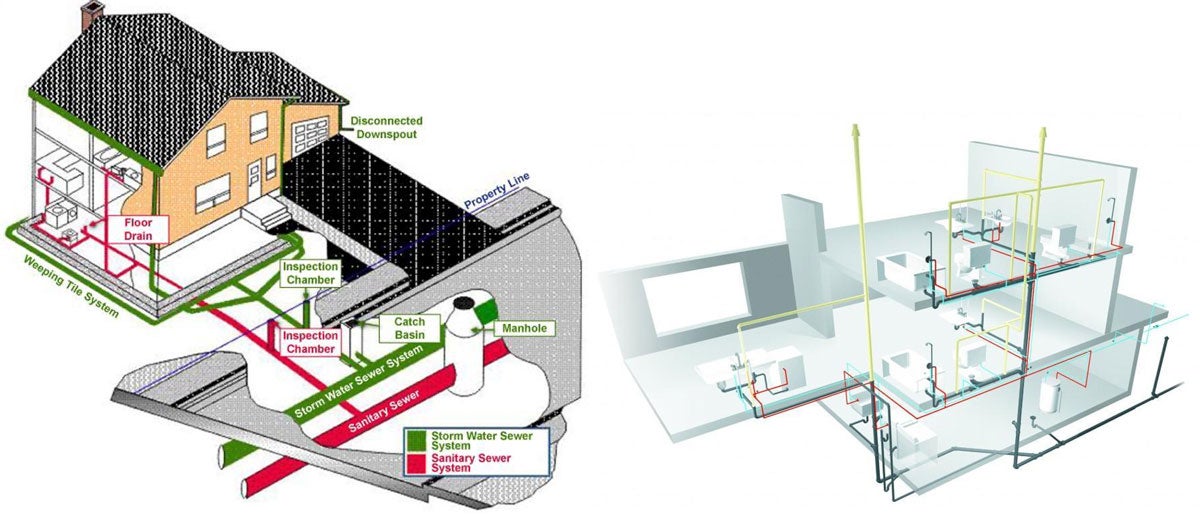
The Core Components of a Residential Plumbing System
Water Supply Line: Bringing Water In
- Water may come from a municipal source or private well.
- Cold water is routed directly to fixtures like sinks and toilets.
- Hot water is produced via a heater and sent through separate lines.
Drain-Waste-Vent (DWV) System
- Drain pipes remove wastewater from fixtures.
- Vent pipes maintain air pressure and remove gases through roof exits.
Without venting, water may not flow properly and sewer gases can enter, causing foul odor throughout your home.
Venting System Explained
The venting system ensures that air circulates through your pipes, preventing vacuum pressure. The DWV system relies on gravity and air displacement, much like the air hole on a to-go coffee cup lid helps liquid flow. Without proper airflow, drainage would be slow and inefficient.
Vent pipes also help maintain trap seals to block odors. In plumbing systems, traps (like the U-shaped pipes under sinks) are designed to hold a small amount of water. This water acts as a seal to block sewer gases from rising back into the building.
However, if the plumbing system isn't properly vented, a vacuum can form when water flows through the pipes. This vacuum can suck (or siphon) the water out of the trap, breaking the seal. When that happens, there is nothing stopping unpleasant or dangerous sewer gases from entering the space.
A functional venting system ensures smooth drainage and odor control. In places where traditional vent pipes are difficult to install, air admittance valves (AAVs) can simplify installation and maintain airflow.
How Hot and Cold Water Are Delivered to Fixtures
Cold water enters the building from the main supply line. Then it splits: One line goes directly to cold water fixtures; the other feeds the water heater.
Heated water then travels through separate hot-water pipes to the fixtures that need it. Both systems use pressure to push water where it is needed. This closed-loop system ensures efficient and controlled delivery.
How to Locate and Use Shut-Off Valves in Your Home
Your plumbing system has multiple shut-off valves that allow you to control water flow to your entire home or individual fixtures. Knowing where your shut-off valves are and how to turn them on or off can prevent extensive damage in an emergency.
Main Shut-Off Valve
Usually found in basements, utility rooms, or outdoors in warm climates. It shuts off all water to the house.
Fixture-Level Shut-Off Valves
Located near toilets, sinks, and appliances, these allow for localized shutoff.
Pro Tip: Exercise all shut-off valves once or twice a year by turning them on and off. This prevents them from getting stuck due to mineral buildup.
Looking for more info on shut-off valves? Check out our blog to understand the different types of water shut-off valvesand supply lines.
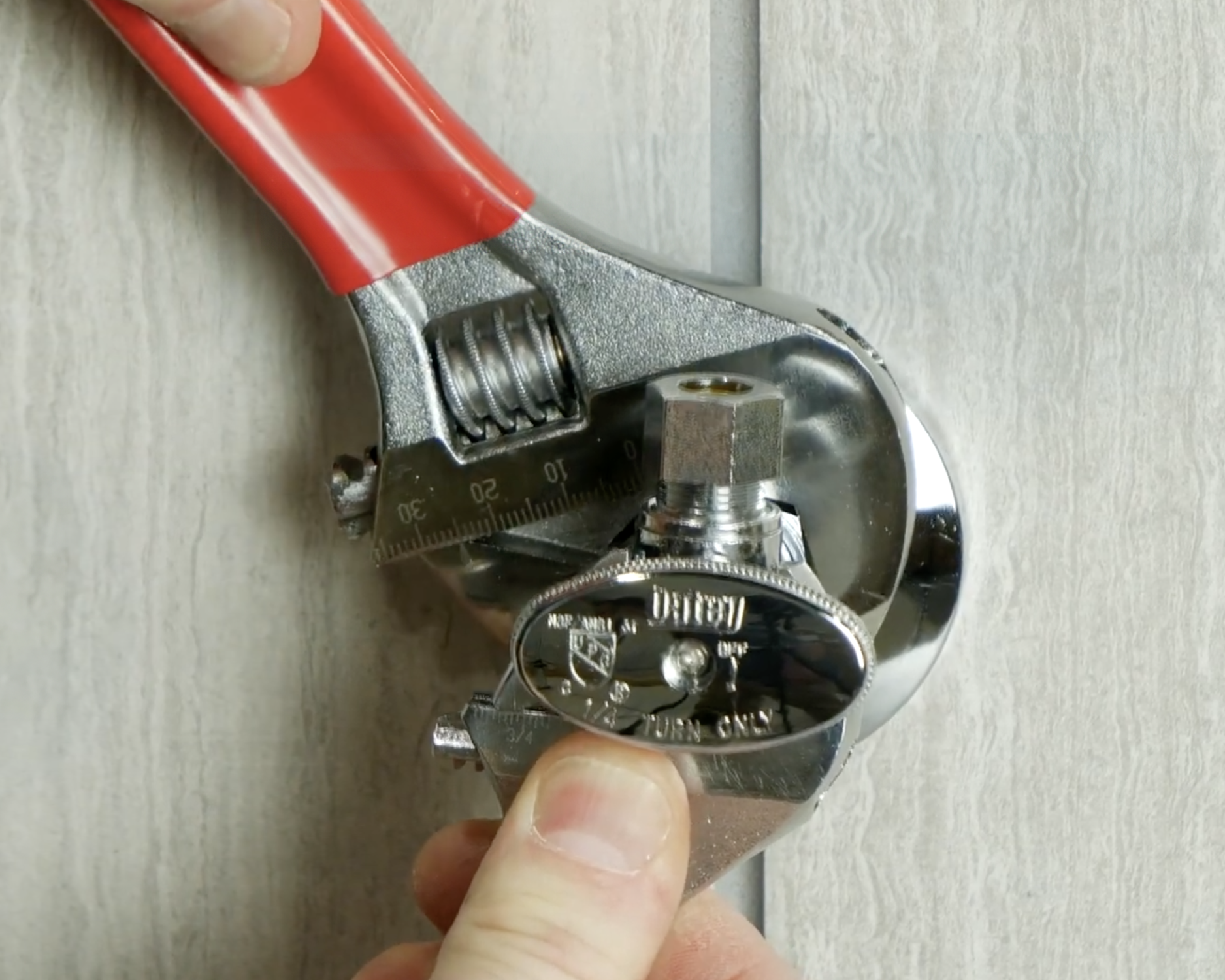
What Is a P-Trap? Preventing Odors in Your Plumbing System
A P-trap is a curved section of pipe under sinks and other drains. It holds a small amount of water that acts as a seal to prevent sewer gases from entering your home. If a P-trap remains unused for long periods, water can evaporate, and odors may arise. This makes it a vital component of your residential plumbing system.
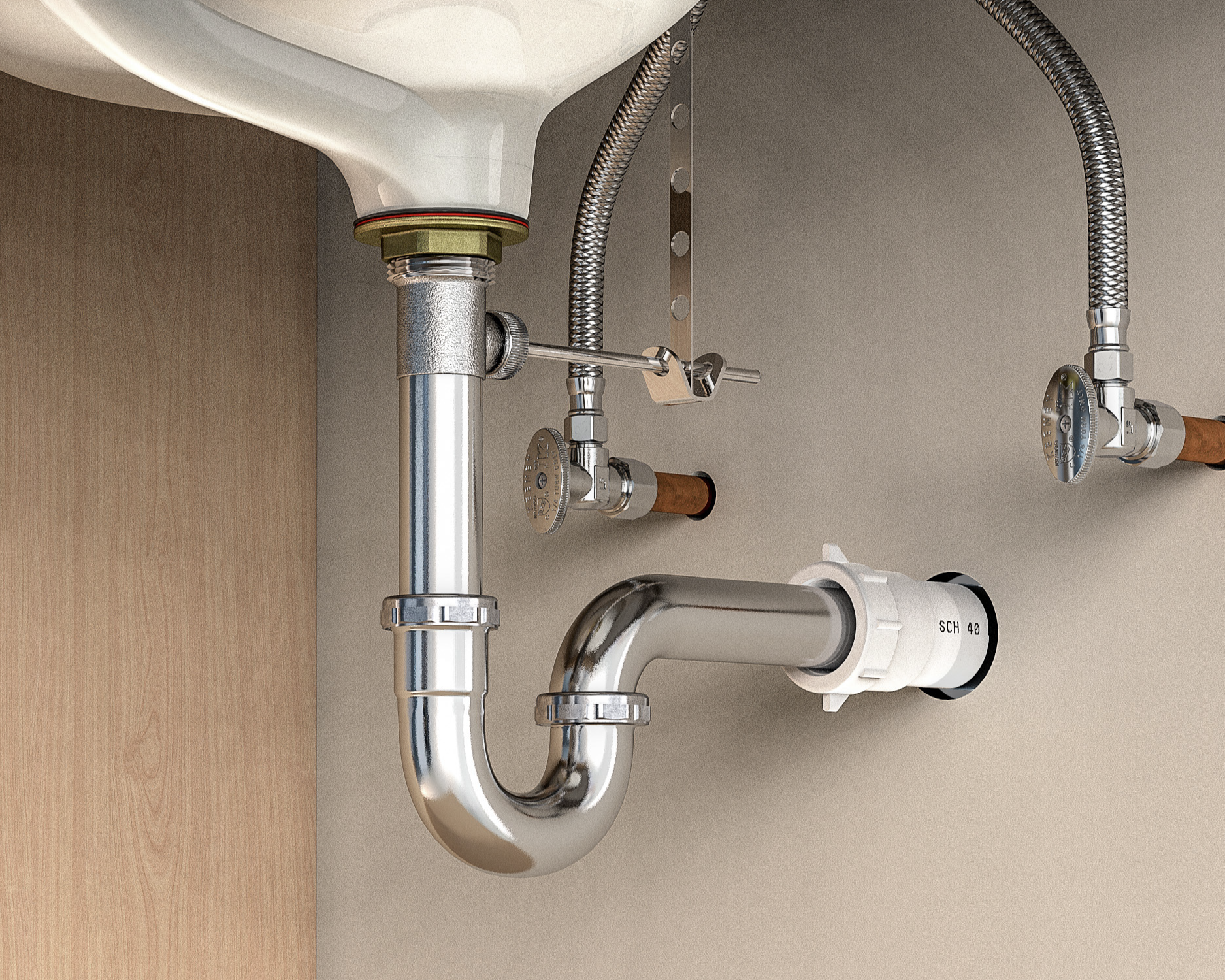
Preventing Sewer Gas and Odors with Proper Traps and Vents
Use P-traps to hold water and block sewer gases from entering through drains. Pair them with vent pipes to balance air pressure and keep water seals intact. Together, they ensure proper drainage and odor control.
That said, sewer gas odors in the home can stem from various plumbing issues, ranging from dry P-traps and clogged vent pipes to faulty toilet seals and bacterial buildup in water heaters. These unpleasant smells often occur in rarely used drains where water seals have evaporated, allowing gas to escape.
Running water through these drains regularly, sealing toilets properly, and cleaning overflow areas can help prevent odors. In some cases, professional plumbing assistance may be necessary, especially if venting issues or sewer line damage are suspected. Maintaining proper plumbing function is key to keeping indoor air fresh and safe.
Another excellent solution for infrequently used drains is the Oatey® Drain Seal, a one-way valve designed to block odors, gases, and pests from entering through unused or infrequently used drains, like those in basements or laundry rooms. It fits inside the drain and allows water to flow out while preventing air or sewer gas from coming back in. It’s an easy, maintenance-free alternative to traditional water-trap primer.
Learn how to eliminate sewer gas odors in your home.
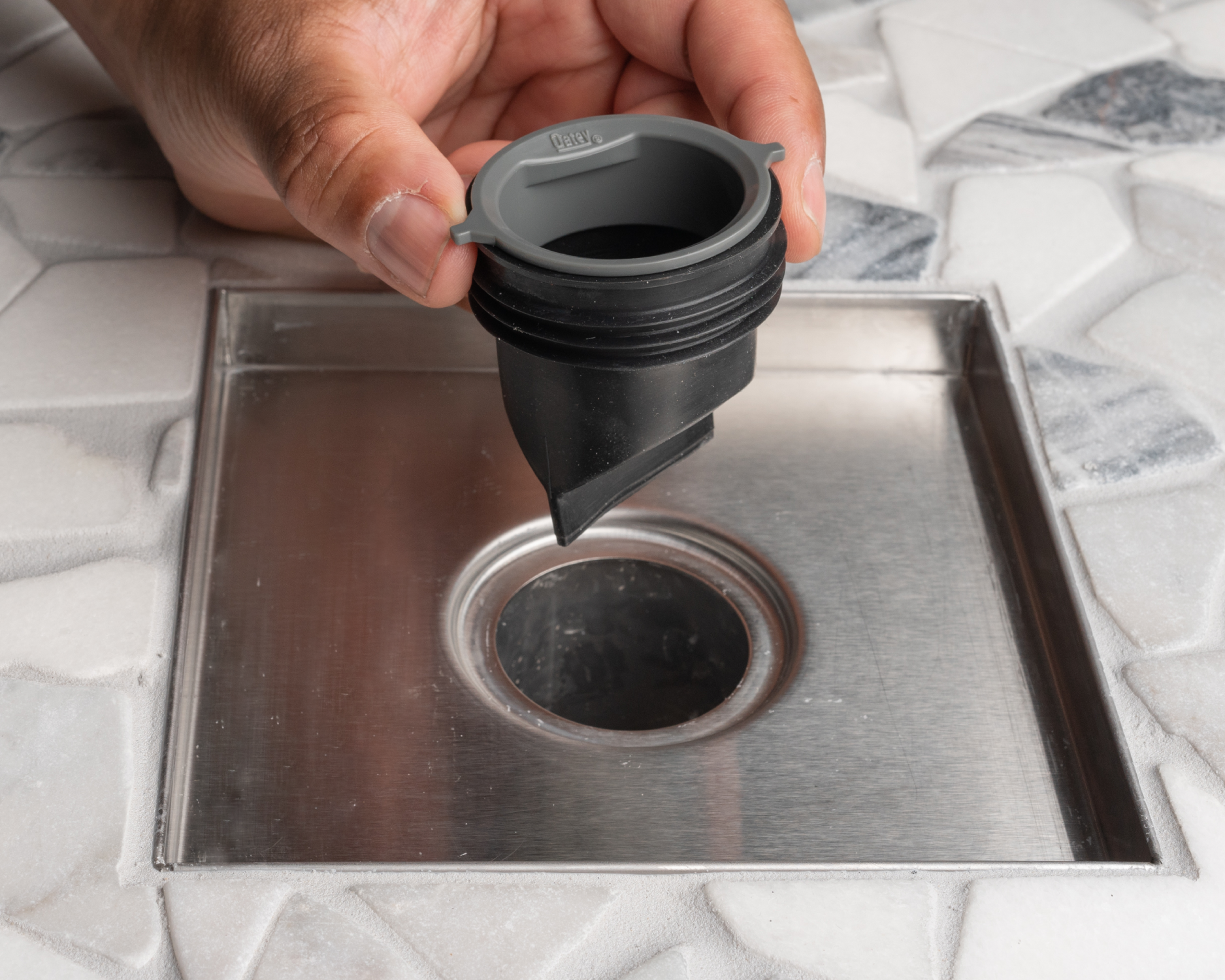
Common Plumbing Mistakes Homeowners Should Avoid
It’s easy to underestimate plumbing tasks until something goes wrong. Many homeowners make mistakes not out of neglect but simply from a lack of knowledge or preparation. Understanding common errors can help you prevent them and maintain your plumbing system more effectively.
- Flushing anything other than toilet paper: Items like wipes (even those labeled "flushable"), cotton balls, paper towels, or feminine hygiene products don’t break down properly and can clog pipes or cause backups.
- Pouring grease or food waste into kitchen sinks: Grease solidifies in pipes, leading to major clogs. Food scraps, coffee grounds, and starchy waste like rice or pasta should be disposed of in the trash or compost.
- Using mismatched pipe materials or the wrong cement: Not all plumbing materials are compatible. Using the wrong solvent cement or joining incompatible pipes (e.g., PVC to ABS without the proper transition cement) can lead to leaks or code violations. Always choose the correctcement based on your pipe type.
Understand the fundamentals of solvent cements. - Attempting repairs without proper tools or knowledge: Doing it yourself (DIY) can save money, but only if done safely. A minor repair can quickly become a large, expensive problem without the right tools or understanding. Watch tutorials, follow the manufacturer's instructions, and don’t hesitate to ask for expert help.
- Ignoring code compliance or proper venting: Local plumbing codes exist for safety and sanitation. Bypassing proper venting or using shortcuts can create hazards like sewer gas leaks or cross-contamination. Always check with local codes or consult a professional before starting major work.

Plumbing Maintenance Tips to Extend System Life
Regular plumbing maintenance is essential to preventing costly repairs and prolonging the life of your system. Simple practices like checking for leaks, insulating pipes, and avoiding harsh chemical drain cleaners can significantly reduce wear and tear. Scheduling annual inspections by a licensed plumber also ensures early detection of potential issues, helping maintain efficiency and avoid unexpected breakdowns.
- Inspect exposed pipes every few months for corrosion: Look for signs of rust, discoloration, or greenish buildup. These can indicate weakening materials or leaks waiting to happen. Early detection allows for simpler, less costly repairs.
- Look for leaks or moisture in cabinets and basements. Damp spots, warped wood, or moldy smells inside cabinets or around basement pipes can be clues to hidden leaks. Address these quickly to prevent mold growth and structural damage.
- Avoid overusing garbage disposals: Garbage disposals aren’t built to handle every type of waste. Limit their use to small food scraps, and avoid fibrous foods, grease, and bones. Overuse or misuse can result in clogs and damage.
- Clean out gutters and external drains: Clogged gutters can lead to water pooling around your foundation, which can affect plumbing lines and cause water to enter basements. Keep them clear to prevent overflow and exterior plumbing stress.
- Maintain accessible drain covers to catch debris: Install and regularly clean drain covers in sinks, tubs, and showers. Drain covers help block hair, food particles, and other debris from entering your plumbing system.
Keeping up with these maintenance habits not only preserves your system’s efficiency but also minimizes the likelihood of emergency repairs and extends the lifespan of your home’s plumbing system.
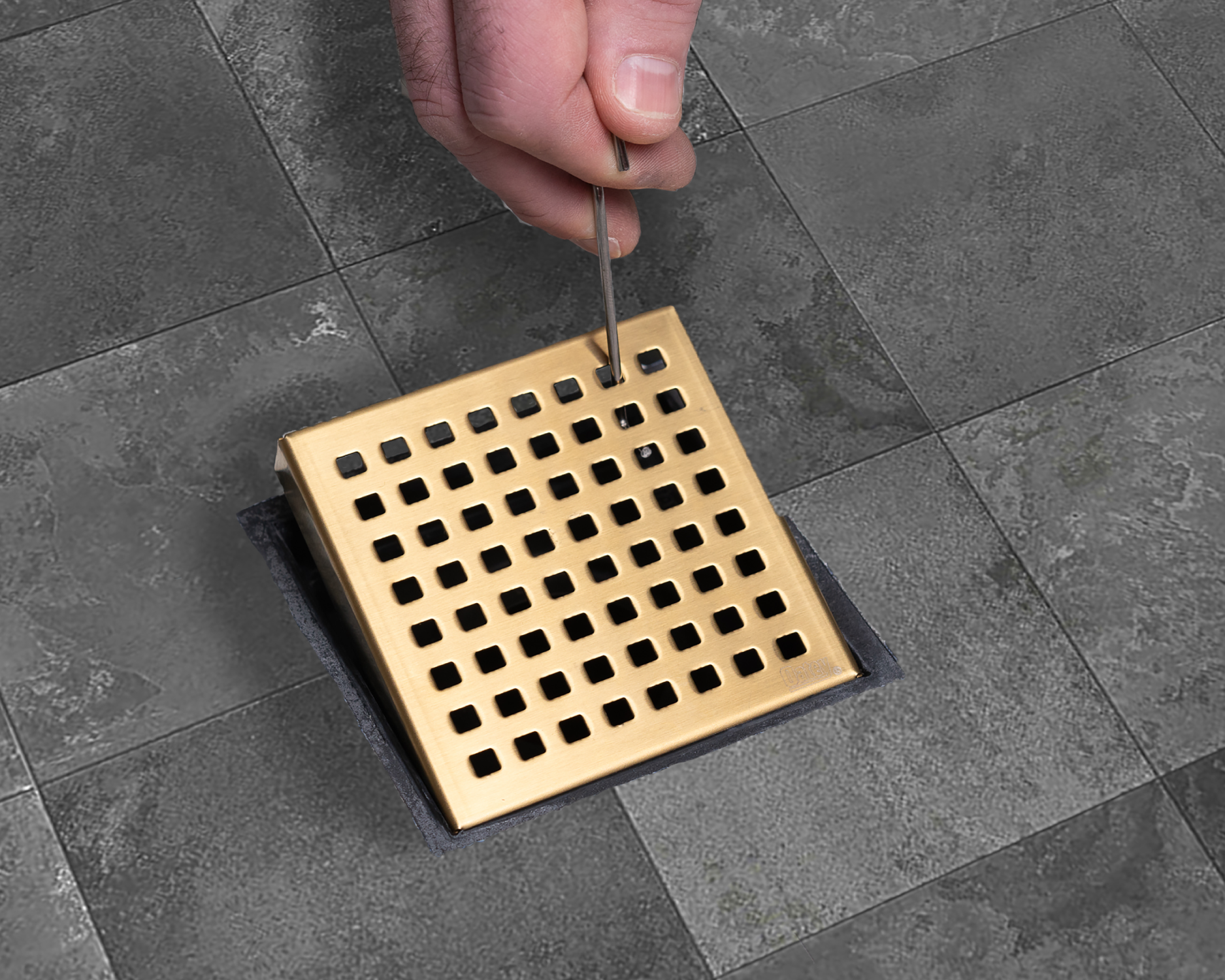
Signs of a Plumbing Problem and When to Call a Pro
Recognizing the early signs of plumbing issues can prevent major damage and expensive repairs. When these warning signs appear, it's best to call a professional plumber to diagnose and resolve the problem before it escalates.
- Sudden damp spots or stains on ceilings or walls: These may indicate a hidden pipe leak behind the surface. Left unchecked, this can lead to water damage, structural weakening, or mold.
- Slow or gurgling drains: These are often a sign of partial blockages in your pipes. Gurgling indicates trapped air from improper flow, which can eventually cause a full backup.
- Persistent sewer odors: Bad smells near drains or in certain rooms may point to a dried-out P-trap, a broken vent pipe, or a more serious issue like a cracked sewer line.
- Unexplained rises in water bills: A surge in water usage without lifestyle changes is a red flag. It could mean a leak somewhere in the system that’s wasting water around the clock.
- Water pressure drops: Decreasing water pressure can signal pipe corrosion, sediment buildup, or even a significant leak. It also impacts daily use, from showering to washing dishes.
Don’t wait until a minor issue becomes a disaster. Early detection and timely intervention can save your home and your wallet from major repair costs.
How to Choose the Right Plumbing Pipe Material
Different plumbing projects require different types of piping. Choosing the correct pipe material for your plumbing project ensures longevity and code compliance:
- PVC/ABS: Ideal for drainage systems. Lightweight, easy to install, and resistant to corrosion.
- CPVC: Designed for hot and cold potable water. It can handle higher temperatures than standard PVC.
- PEX: Extremely flexible, making it ideal for tight spaces and DIY installation. Great for water supply lines.
- Copper: Long-lasting and durable, copper installation is best for professionals as it requires soldering and precision.
Still unsure? Check out this material selection guide for details on each type and how to choose what's right for your project.
Oatey Plumbing Products Every Homeowner Should Own
Whether you're doing routine maintenance or tackling a repair, these trusted Oatey plumbing products can help:
- Thread Sealant Tape to create a watertight seal on threaded connections
- Oatey Fix-It™ Stick Epoxy Putty to temporarily fix leaks, holes or cracks in a variety of pipe types
- Oatey® Fusion® - One Step PVC Cement for quick plumbing fixes on PVC pipe
- Plumber’s Putty for setting for setting fixtures, faucets, frames and strainers with a waterproof seal
- A plunger for unclogging simple blockages in your toilets or sinks
These products are user-friendly, reliable, and engineered to make residential plumbing safer and easier to manage.
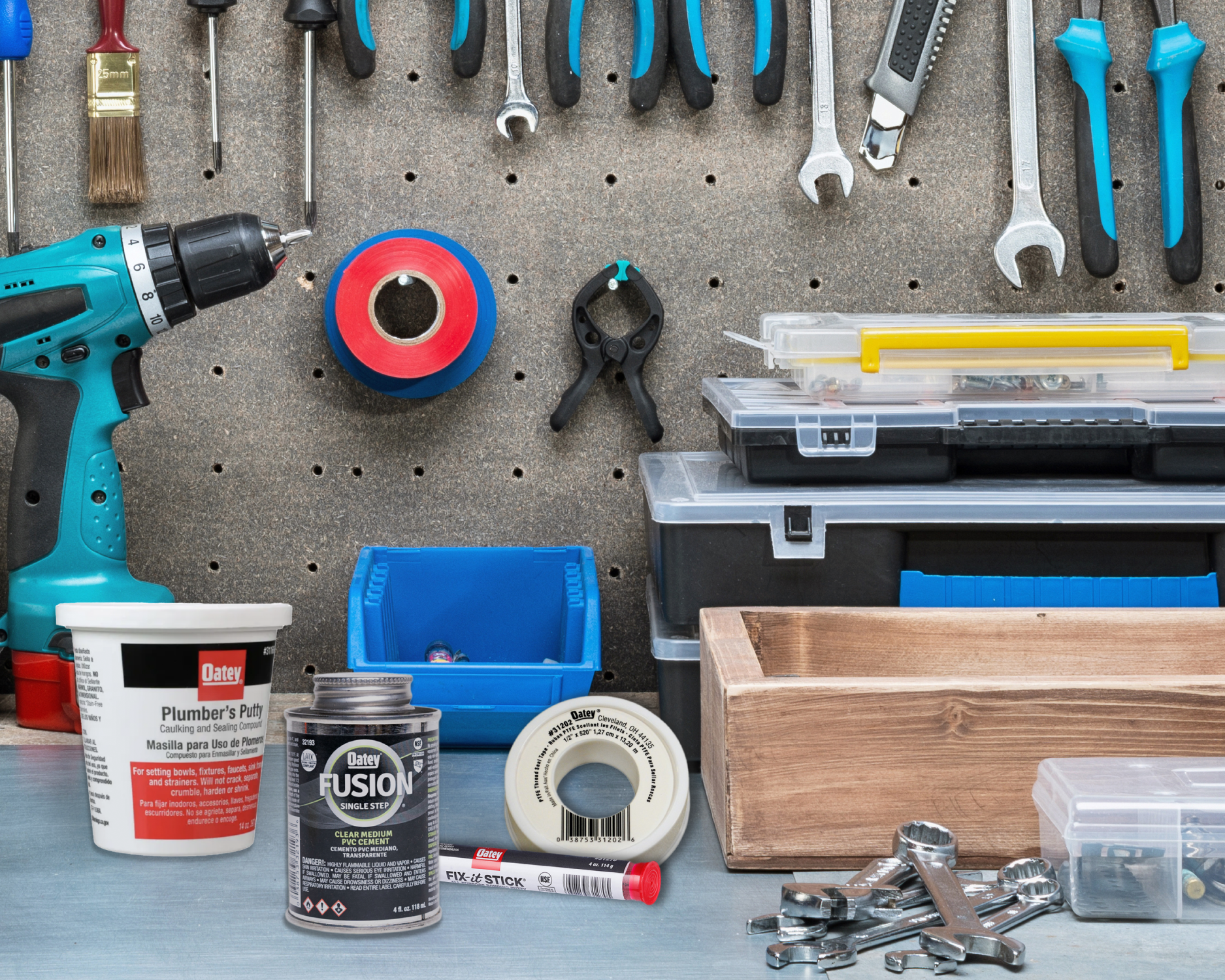
Expert Tips from Oatey for Plumbing Emergencies
- Know your main shut-off valve: Locate it in advance so you can stop the water flow instantly during emergencies.
- Keep essential tools nearby: A wrench, plumber’s tape, towels, and a bucket can significantly help control minor issues.
- Keep temporary repair options on hand: If you're facing a leaky pipe emergency, Oatey offers practical solutionsto manage the situation until a professional plumber can provide a permanent fix.
- Call a professional when needed: If the leak is inaccessible, persistent, or worsening, contact a licensed plumber to avoid further damage.
Being prepared can significantly reduce stress and damage during plumbing mishaps.
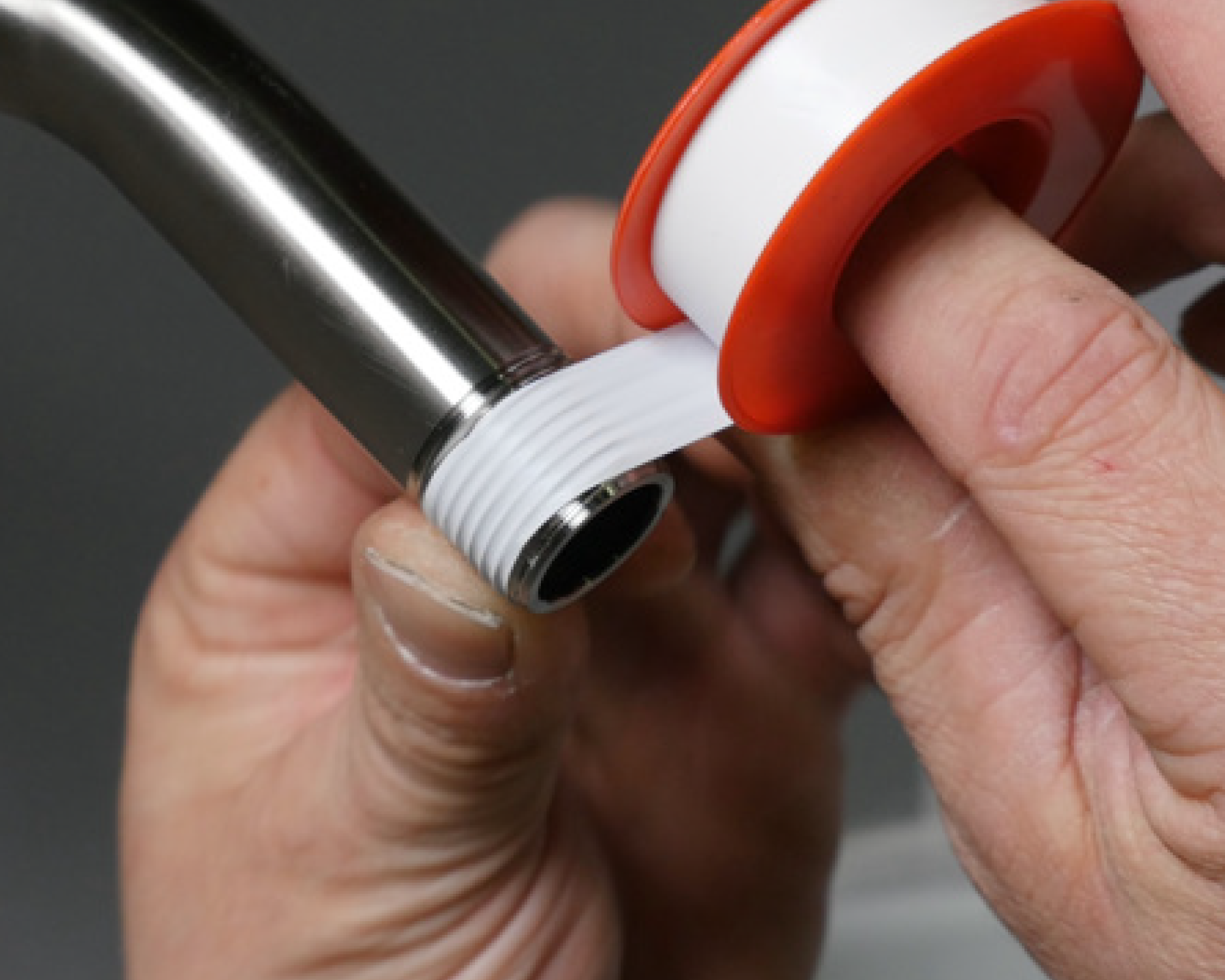
Final Thoughts: Becoming a More Confident Homeowner
Understanding your home plumbing system gives you confidence, control, and the ability to act quickly when something goes wrong. With basic knowledge, regular maintenance, and trusted tools from Oatey, you’re better equipped to handle most home plumbing tasks.
Want more DIY plumbing tips? Check out our Project Guides for step-by-step instructions on plumbing projects.
Frequently Asked Questions
-
How do I find the main water shut-off valve?
-
Track your main water line where it enters the home. The valve may be in a basement, near a utility room, or in a ground-level box outside. In warm climates, check outdoors near the foundation or curb.
-
-
What should I do if I smell sewer gas?
-
Check for dry P-traps and refill them with water. Add a drain seal to unused drains.
-
-
How often should I inspect my plumbing system?
-
Ideally, you should inspect your system regularly—whenever you remember to. However, if you prefer a set schedule, aim for a visual inspection every three to six months.
Stay alert to your surroundings, and if you notice anything unusual, investigate further. Focus on signs of moisture, corrosion, or slow drainage.
-
-
How do I prevent frozen pipes?
-
Insulate exposed pipes, especially in attics, crawl spaces, and basements. Allow faucets to drip slightly during below-zero weather. Use these winterizing tips to protect your system.
-